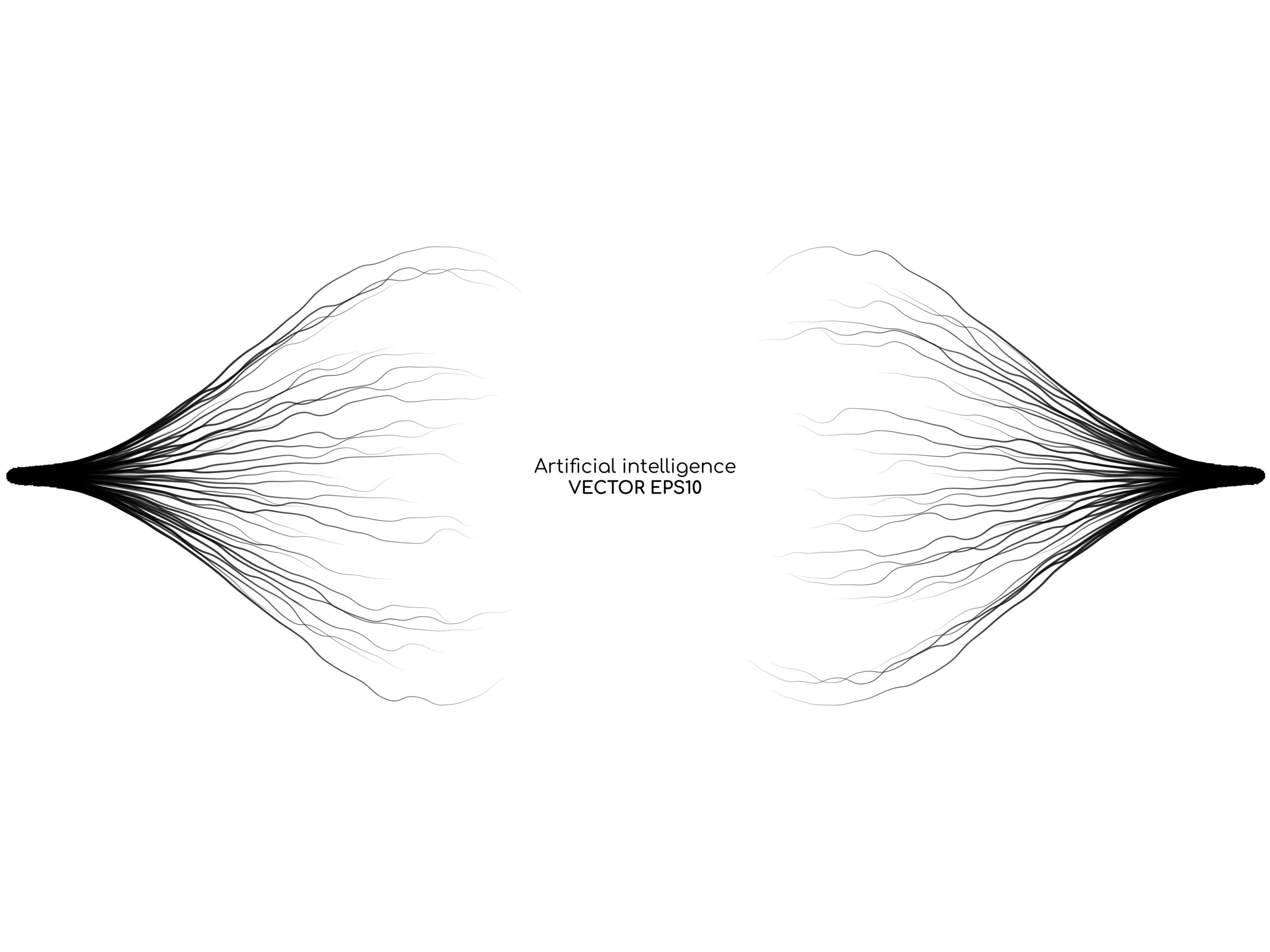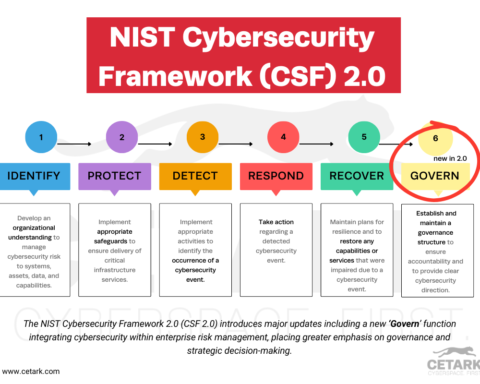The future of cyber security is changing rapidly. With the advent of artificial intelligence (AI), machine learning, and big data, organizations can detect threats and respond faster and more effectively than ever before. Here’s a look at how AI is changing the landscape of cyber security and threat protection.
Cyber security is an important issue that companies must address to protect their data and systems from attack. Artificial intelligence has emerged as a powerful tool for cyber security and threat protection in recent years. AI can identify patterns of behavior that may indicate a potential threat and can also be used to automate the response to cyber security threats. By using AI to improve detection and response times, businesses can reduce the damage caused by cyber-attacks and protect their critical data and systems.
Cyber Security and AI – What’s the Connection?
Artificial intelligence focuses on the simulation of human intelligence. The software has an excellent opportunity for the security industry. Artificial intelligence (AI) is increasingly being used to tackle many emerging threats. For example, AI can be used by security teams to help identify malicious activity, automate the threat detection and detection of security vulnerabilities, and block spoofed emails. In many cases, AI-based cybersecurity systems can detect and respond to threats more quickly and effectively than human experts. As cyber threats evolve, AI will become an increasingly essential tool for keeping businesses and individuals safe online. But it is vital to ensure that AI systems are trained on high-quality data sets to identify threats accurately. Nonetheless, when used correctly, AI can be a powerful weapon in the fight against cybercrime.
The benefits of AI for businesses and consumers
Cyber adversaries are becoming more sophisticated and using AI to their advantage. To keep up with threat intelligence, cybersecurity professionals also need to use AI. Here are some of the ways AI is being used in cybersecurity to fight cyber threats:
AI can handle a lot of data
Many activities occur in company networks. A typical midsized corporation has significant sales traffic. The data is being sent every hour to our clients and businesses. These records are protected against malware. But security professionals can examine every single traffic to determine if there’s a threat. AI is the most efficient way to detect a malicious activity disguised in a usual way. This automated system makes use of massive chunks of information. Technologies using AI, like residential proxy technology, may assist you in transferring data. This tool detects any potential threat hidden by the chaotic traffic and identifies them.
Duplicative processes Reduced
Often attackers alter tactics. But basic security principles are still a constant. When you hire a security team to perform these tasks, they may be bored. They may be tired and complacent and miss a crucial safety task or expose your network to hackers. It emulates human abilities, eliminates weaknesses and carries out the same cybersecurity procedures, and is designed to entice a team to work with you on the same issue – cybersecurity. It helps detect primary security threats and prevents them from happening daily. It analyzes your network for vulnerabilities and identifies cyber security threats within your network.
Breach risk prediction
AI systems help determine the inventory of the computer hardware and software assets in accurate detail for every device user and application that accesses a variety of system components. Using AI-powered solutions, you will now have a more precise picture of the potential vulnerabilities in your assets and determine which areas are most vulnerable. Using predictive intelligence to enhance your organization’s cyber resilience allows for the configuration of controls and process improvement in a highly sensitive cyber environment.
Zero-day malware
As attackers become more sophisticated, they are increasingly able to create new variants of software that rely on signatures for detection. In particular, when software has been designed for rapid encryption, it can make it suspicious. Deep learning can be used to detect these new variants of malware and prevent them from causing damage. Deep understanding provides an essential layer of protection against the ever-evolving threat landscape by constantly monitoring for new threats and quickly adapting to changing conditions.
Better Vulnerability Management
Vulnerability monitoring helps companies secure network infrastructure. Typically, companies deal daily with several threats. It is essential for security. An assessment of a system’s security measures using machine learning may be helpful in security analysis. AI enables an evaluation of systems faster and increases complexity. Identify weak areas of computers and business networks and assist businesses in executing critical security work. This allows for a quick solution for managing security in business systems.
Accelerates detection and response time
Automate Threat detection can help protect a company network by detecting threats. It’d be better for a quick scan of suspicious information. It prevents irreparable loss of the network. How does a cybersecurity system integrate AI? AI scans and detects the whole environment. Contrary to human behavior, AI helps detect a potential attack early and simplifies protection activities.
Better Endpoint Protection
The use of remote devices is fast expanding, and AI can secure the endpoints. Anti-fraud software helps prevent ransomware and malware attacks, but they typically use a signature. It means that ensuring protection from threats must be accompanied by defining signatures. The definition of the viruses may lag because of the failure to update the antivirus solution or the software company’s ignorance. In other words, a new malware attack will likely occur.
Use of AI by Adversaries
As organizations worldwide become increasingly reliant on technology, they also become more vulnerable to cybersecurity threats. One of the biggest dangers comes from using artificial intelligence (AI) by adversaries.
- By automating phishing attacks and other malicious activity, attackers can scale their efforts to cause widespread damage.
- The Internet of Things is a security nightmare waiting to happen. These cheap, accessible IoT devices offer tempting targets for hackers who want access and control over your home or business operation from anywhere in the world with an internet connection—and they’re getting it faster than you can say “smart speaker.”
-
A recent report by Kaspersky revealed that almost half (45%)of all IoT vulnerabilities found during their research involved non-secure communications channels like Bluetooth, while another 37 percent had no encryption!
- Using facial identification technology, the iPhone can recognize faces that can become vulnerable to attacks by other AI-aware devices.
- An AI-powered ransomware attack is a newer trend in the cyber world. These attacks are more innovative and more sophisticated than the traditional ones. They use AI algorithms to create unpredictable and sophisticated encryption keys, making them impossible for even the best cybersecurity teams to crack.
- In addition, AI can target critical infrastructure and supply chains, causing widespread disruption.
As AI becomes more sophisticated, it is clear that cybersecurity must keep pace. By understanding how AI can be used against them, organizations can develop effective countermeasures and ensure that their systems are secure.
Final Thoughts on Artificial Intelligence and Security
As we move into the future, AI will become more and more integrated into our lives. Cybersecurity is going to be critical in protecting our data and privacy. We’re excited to see how AI and machine learning evolves, and we will continue to update you on the latest cybersecurity threats and solutions. In the meantime, ensure your business has a comprehensive cybersecurity plan to protect your data, customers, and brand.
Are you ready for the future of AI?
The future of cybersecurity?
Contact us today to find out how we can help get you prepared.







